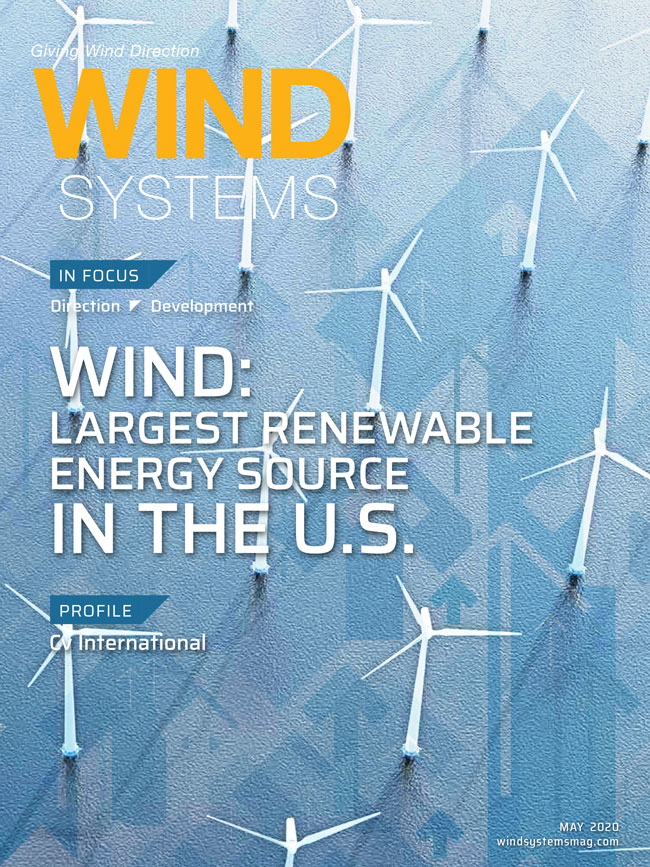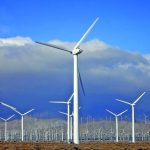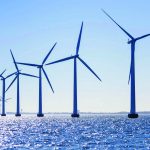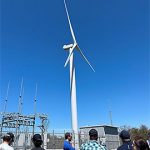Virginia Gov. Ralph Northam recently signed the Virginia Clean Economy Act (VCEA), which passed in the state Senate and the House of Delegates in March. This historic legislation paves the way for an enormous expansion of offshore wind, solar, onshore wind, and energy storage.
The VCEA calls for 73 percent or more of the state’s electricity coming from clean energy by 2035, achieving the 100 percent goal by 2050. According to the U.S. Energy Information Administration, Virginia generated only 7 percent of its electricity from renewable sources as of 2018. To drastically boost Virginia’s renewable energy production, initial milestones in the governor’s plan include generating 2,500 MW of offshore wind energy by 2026, part of the overall 5.2 GW by 2034, as well as 3,000 MW of solar and land-based wind by 2022.

In fulfillment of the offshore wind portion, Dominion Energy is developing what could be the largest offshore wind project in the country. The $7.8 billion project would place 220 turbines 27 miles off Virginia Beach, producing enough electricity to power 650,000 homes. Dominion aims to bring the project online by 2026.
The following statement can be attributed to Liz Burdock, president & CEO, Business Network for Offshore Wind:
“Gov. Northam is boldly boosting offshore wind as a new source of clean energy and well-paying jobs for Virginia. Offshore wind is a key part of meeting the state’s goal of 100 percent carbon-free electricity by 2050 — that is something to be applauded, and I hope replicated in other states.
“Dominion Energy’s 2,640-MW utility-scale offshore wind project presents a uniquely vertically integrated framework not replicated anywhere else within the U.S. offshore wind market. Virginia and Dominion’s bold, utility-owned strategy to support and develop offshore wind positions the Commonwealth as a Mid-Atlantic hub for offshore wind.
“This is coupled with Virginia’s December 2019 announcement to include the state’s first Office of Offshore Wind, and up to $40 million to upgrade the Portsmouth Marine Terminal, in its 2020 budget to secure new investments in the offshore wind supply chain.
“While the world economy is frustratingly slowed down, U.S. offshore wind keeps moving. To date, states have now codified 29 GW of offshore wind in legislation, firmly establishing a U.S. market. The country will need these clean energy infrastructure projects to get our economy moving after the COVID-19 epidemic dissipates.”
More info offshorewindus.org




































